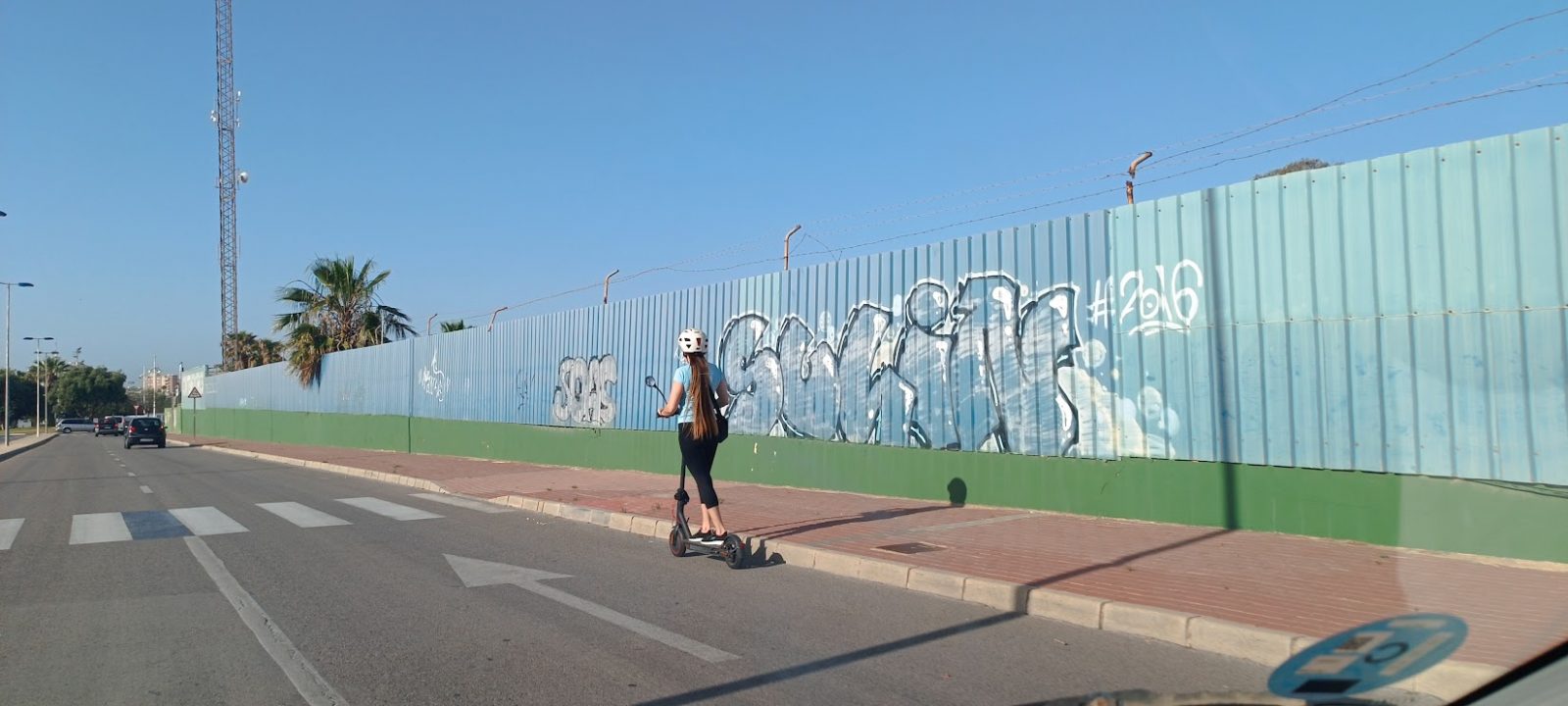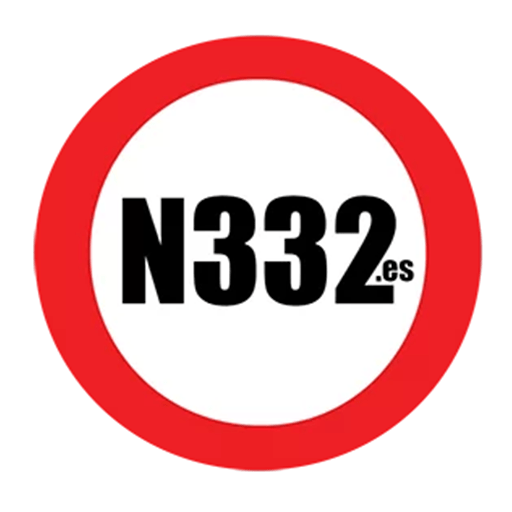Electric scooters, or Vehículos de Movilidad Personal (VMP) as they are defined in Spain, are increasingly common on the school run. They may be small, but they are vehicles, and the law treats them as such. Used responsibly, they can provide a quick, healthy, and environmentally friendly way to travel. Used carelessly, they can cause serious accidents.
Contents
1. For Parents and Guardians
Parents have the most important role in keeping young riders safe. Before allowing a child to ride:
- Check the local rules. Remember that every municipality can impose its own regulations. Minimum age limits, helmet requirements, and restricted areas vary from town to town.
- Insist on protective gear. A helmet is the single most important item. Even if local rules do not require one, a helmet can prevent life-changing injuries. Knee and elbow pads, while optional, are also worth considering.
- Discuss responsibility. Explain that an e-scooter is not a toy but a vehicle. Riders must follow the same road laws as cyclists — stopping at red lights, giving way, and never riding on pavements unless a local rule allows it.
- Set boundaries. Encourage sensible routes, ideally away from the busiest roads, and make sure your child is confident in traffic before letting them ride alone.
- Maintain the scooter. Check brakes, tyres, lights, and reflectors regularly, just as you would for a bicycle.
2. For Young Riders
If you use an e-scooter to get to school, you have the same duties as any other road user:
- Follow the rules of the road. Stop at red lights, signal when necessary, and respect speed limits.
- Stay visible. Wear bright or reflective clothing, especially in poor light, and always use lights at night.
- Protect your head. A helmet is not optional — it could save your life.
- Stay alert. Do not use mobile phones, headphones, or anything else that distracts you or prevents you from hearing traffic.
- Ride solo. Passengers are not allowed on e-scooters. They are designed for one rider only.
- Be careful where you ride. Pavements are generally off-limits. Stick to roads, cycle lanes, or areas specifically permitted by your local council.
3. For Other Road Users
E-scooters are still relatively new, and many riders are young and inexperienced. Drivers, cyclists, and motorcyclists should all take extra care:
- Give space. Treat an e-scooter like a bicycle — allow at least 1.5 metres when overtaking.
- Expect the unexpected. Young riders may not always judge traffic correctly, so slow down when near them.
- Be patient. Scooters are slower and more vulnerable than most vehicles. Trying to overtake aggressively only increases risks.
- Watch near schools. E-scooter use often peaks around school start and finish times, so be particularly alert in these areas.

Looking Ahead
The Dirección General de Tráfico (DGT) has already confirmed that new national laws are coming. These are expected to introduce:
- A standard minimum age for riding.
- A national rule making helmets compulsory.
- Mandatory insurance for all e-scooters.
Until then, local variations will continue. That makes it even more important for both parents and young riders to know the rules in their town and to ride with caution.
Discover more from N332.es - Driving In Spain
Subscribe to get the latest posts sent to your email.

You must be logged in to post a comment.